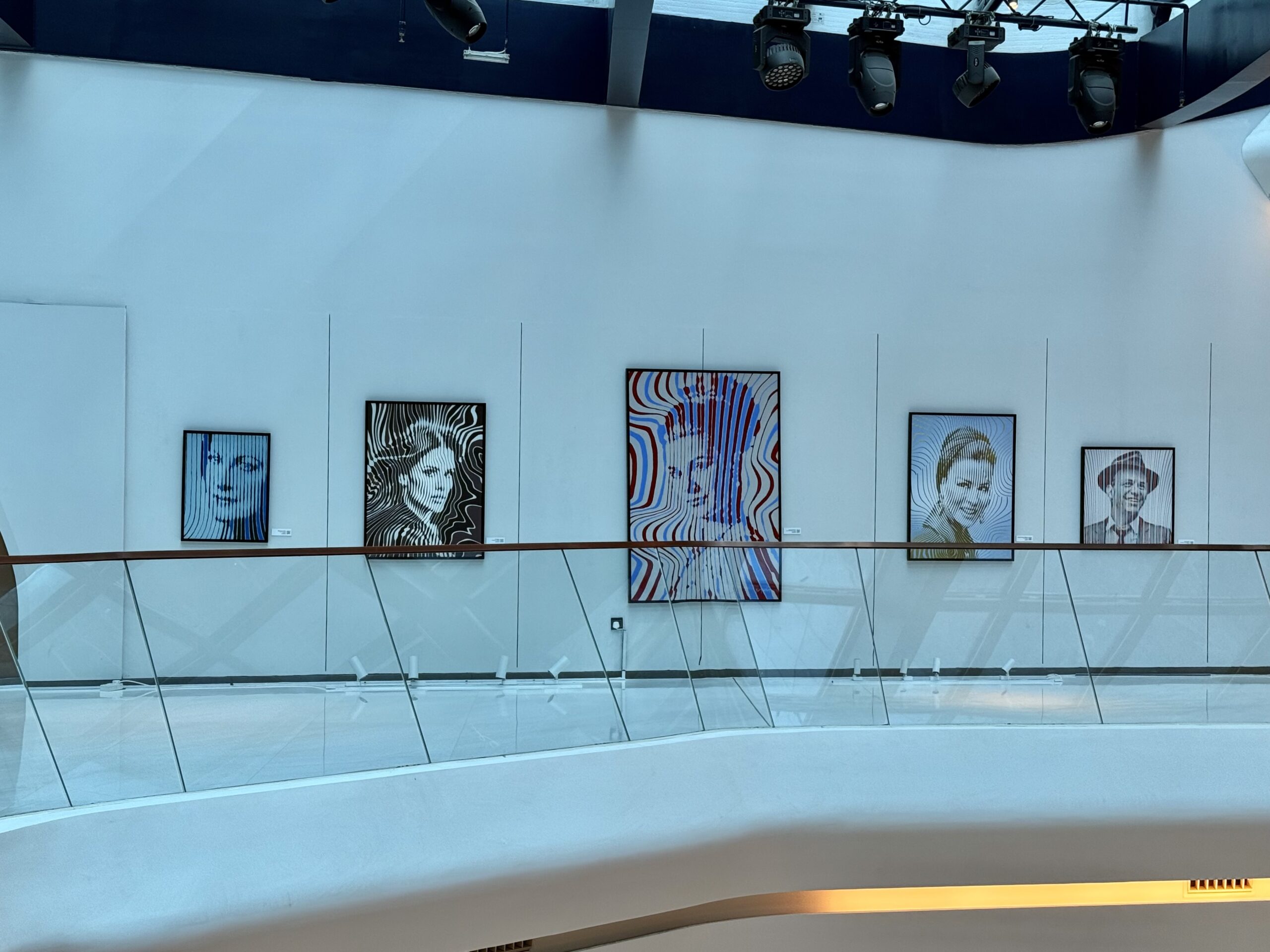

By Alaa Kara Ali, CEO & Founder of METRO BRAZIL The shapewear industry has evolved from a hidden secret to a defining force in modern fashion, blending style, function, and values. What once was designed to sculpt bodies is now reshaping societal ideals of confidence, inclusivity, and self-expression. With the global market valued at $2.26 […]
By Alaa Kara Ali, CEO & Founder of METRO BRAZIL
The shapewear industry has evolved from a hidden secret to a defining force in modern fashion, blending style, function, and values. What once was designed to sculpt bodies is now reshaping societal ideals of confidence, inclusivity, and self-expression. With the global market valued at $2.26 billion in 2023, projected to reach $3.8 billion by 2025 according to Statista.com, shapewear is becoming a staple for consumers seeking more than just a perfect fit. They demand inclusivity, sustainability, and innovation – qualities that now define the category.
Technological advancements, such as smart fabrics for personalized comfort and virtual fitting rooms, are revolutionizing how shapewear is worn and purchased, according to GII Research. Many brands are embracing eco-friendly materials, including organic cotton and recycled polyester, responding to the growing demand for sustainable fashion, as noted by ESG Matrix. Social media has played a pivotal role in normalizing shapewear as everyday wear, with influencers making it a go-to fashion essential. Additionally, the rise of shapewear isn’t limited to women; men’s growing body-consciousness has led to the expansion of shapewear for men, further embracing inclusivity.
For decades, shapewear was limited to a narrow demographic, often excluding those who didn’t fit conventional beauty standards. Today, inclusivity is no longer just a trend but an expectation. Leading brands offer sizes ranging from XXS to 5X, and use models of all shapes, sizes, and skin tones. Innovations like “choose your model” features allow customers to select models that mirror their own body type, enhancing representation. According to a Kantar study, 75% of consumers say diversity influences their purchasing decisions, highlighting the importance of inclusivity in brand engagement.
Inclusivity extends beyond size and skin tone; it includes different life experiences and needs. Shapewear is increasingly marketed as supportive, whether for post-surgery recovery, maternity, or athletic performance. These new categories help redefine shapewear as an essential tool for daily confidence and well-being. Today’s shapewear incorporates features like moisture-wicking properties for warm climates, compression for long-lasting comfort, and posture-enhancing designs, ensuring it not only enhances appearance but contributes to overall well-being.
Color palettes for shapewear are also evolving. In 2025, brands are embracing vibrant hues like terracotta, sage green, emerald, and amethyst, offering a fresh, fashion-forward edge. Seasonal collections reflect runway trends, with pastels in spring and metallics in winter, blurring the lines between functional wear and high fashion. Shapewear is becoming a statement piece that expresses individuality, making it a versatile garment suitable for outerwear or layering.
Sustainability has also become a priority. With climate concerns growing, shapewear brands are integrating eco-friendly materials like TENCEL fibers and biodegradable elastics into their designs. This shift is helping the market grow, projected to reach $9.83 billion by 2030. According to a 2024 ESG Matrix report, 63% of millennials and Gen Z are willing to pay more for sustainable fashion, driving the demand for environmentally conscious products.
Technological innovations, such as seamless knitting, moisture-wicking fabrics, and 4D knits are making shapewear more comfortable without compromising its shaping capabilities, mentions GIIresearch. The integration of smart fabrics that adjust to body temperature and provide real-time posture correction is pushing shapewear to new heights. These advancements enhance fit, comfort, and functionality, supporting everything from workouts to post-surgery recovery.
Social media has further propelled shapewear into the mainstream. Platforms like Instagram and TikTok, through influencers and hashtags like #ShapewearHacks and #BodyPositivity, have made shapewear accessible and relatable. This community-driven content allows consumers to see shapewear on bodies similar to their own, making it an aspirational yet grounded fashion choice.
The shapewear of tomorrow is not just about aesthetics but about making people feel confident, comfortable, and authentic in their skin. As the industry embraces inclusivity, technological advancements, and sustainability, shapewear has become a symbol of personal expression and social change. With its vibrant colors, cutting-edge fabrics, and role in reshaping cultural norms around body image, shapewear continues to transform, becoming a category that speaks to the values of today’s diverse, forward-thinking consumer.
No longer just an item to hide under clothing, shapewear celebrates individuality, comfort, and confidence, contributing to a larger movement towards inclusivity and sustainability. As we move toward 2025 and beyond, shapewear will redefine the boundaries between functionality, fashion, and social consciousness.